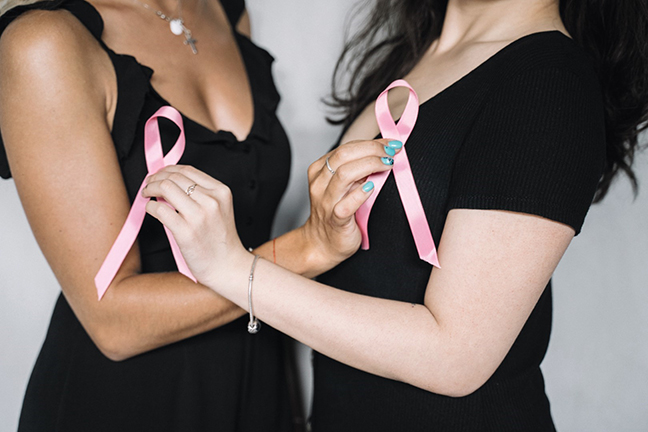Early cancer detection can save your life, so don’t neglect your annual check-ups.
As women, we’re well aware going for regular cancer screenings is so important to detect the early signs of cancer and to treat it as soon as possible. But, over the last 18 months, many women have not been for annual cancer screenings due to lockdown, fear of contracting Covid-19 and even financial pressures.
Doctors recommend that you start going for regular pap smears from the age of 21, even if you are not yet sexually active. If your results are normal, you only need to repeat the screening every three years. Annual screening mammograms are recommended for all women over 40, regardless of symptoms or family history.
‘Early detection of cancer is key for quick treatment and a better chance of recovery. If you are experiencing symptoms which concern you, it is vital to have them investigated by a health professional as soon as possible. It is also important to know what screening options are available to you,’ says Seugnette van Wyngaard, Head of 1st for Women Insurance who offer an All Women Dread Disease product that covers a wide range of women-related cancers.
Pap smears
Screening tests can help identify signs of developing cancer before symptoms appear. For example, when you have a pap smear, your gynaecologist may tell you that you have been identified with pre-cancerous cells.
Mammograms
Specialist Radiologist Dr Liat Malek says there has been a drastic decline of routine screening mammograms reported around the world. ‘The result has been that this year we have been diagnosing more late-stage cancers/ advanced disease.
‘A screening mammogram is the routine examination of the breasts in women who have no signs or symptoms of cancer, using low dose x-ray imaging. This is the most effective way of diagnosing early breast cancers and reducing breast cancer deaths, with effective and less aggressive treatment.’
Regular screening mammograms allow the doctors to discover subtle changes in the breast by comparing them to the previous years. These subtle changes to the breast pattern may be the first sign of cancer developing and help catch cancer early before it is even symptomatic.
‘Because women are staying away from their routine mammograms, our practice is seeing more women with symptoms, most commonly a lump in the breast, and more advanced stages of disease than had they come a year ago.
‘Being diagnosed with a dread disease doesn’t have to be a death sentence. Regular screenings mean early detection and treatment, and dread disease cover means you can focus on your health rather than the financial burden of treatment costs,’ Seugnette concludes.






